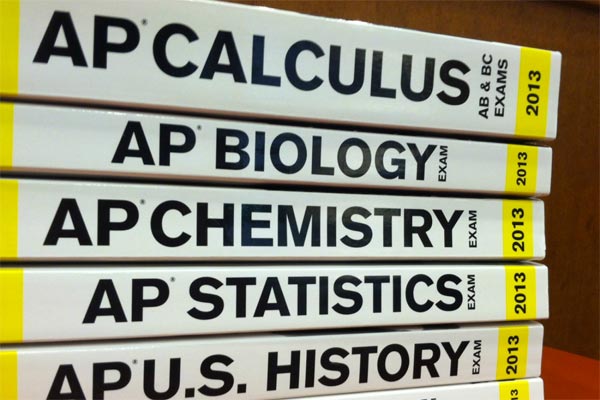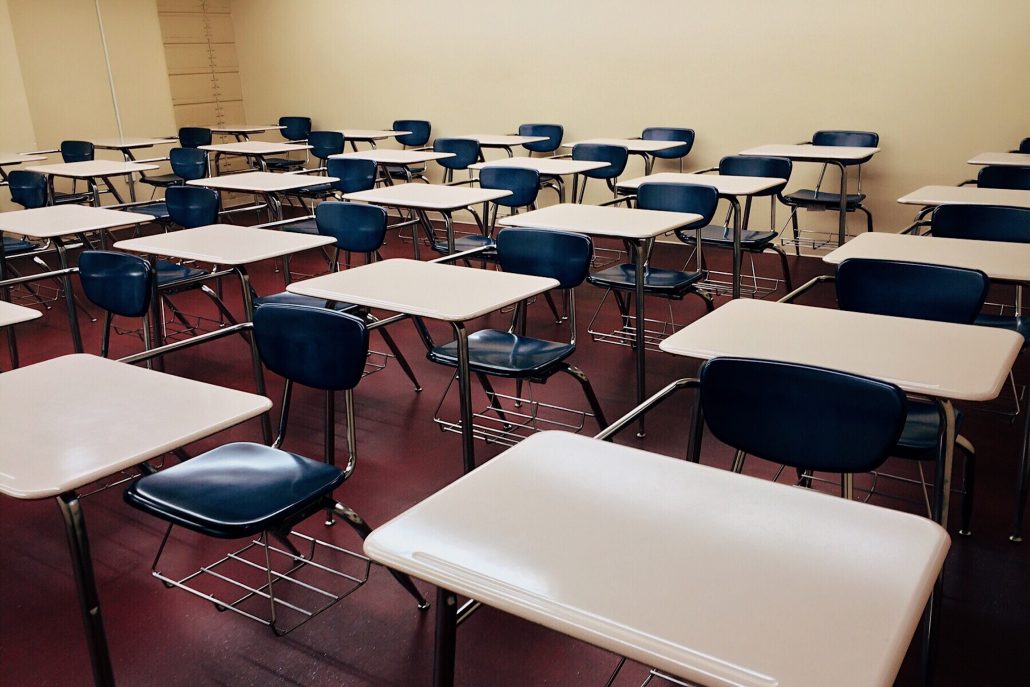Encouraging Independence and Self-Advocacy in the Classroom
Instruction in the primary grades is full of crucial elements and concepts—academic, social, and foundational skills that truly set students up for success. Besides the actual content-based curricula, elementary students should be exposed to essential tools and methods for fostering and developing self-advocacy, self-sufficiency, and autonomy in order to prepare them for their later years of academia and real-world challenges.
Classroom Practices and Procedures
Prepare students from the beginning of the school year by implementing and adhering to specific and consistent routines. For example, teachers may choose to begin each day or lesson with a warm-up to initiate thinking, spur conversation, and introduce concepts. Notably, a warm-up procedure can play double duty for teachers who hope to build independence among students.
Teachers should:
- Introduce the warm-up procedure and expectations so that students know exactly what is expected of them when they enter the room.
- Model the warm-up process and begin with simple questions or sentence frames to allow elementary students to focus primarily on the routine at first.
- Evaluate or assess the warm-ups right from the beginning so that students apply a sense of value or importance to the daily practice/procedure.
- Remain consistent with the procedure and expectations for each warm-up so that students are able to grasp the process and begin to initiate it each day on their own.
With a few weeks of practice, a simple warm-up lesson will begin to help prompt students to initiate a more independent work ethic. Because the process has been explicitly taught, modeled, and rehearsed, elementary students can quickly grasp the concept of activating, self-monitoring, and assessing their thinking.
Introduce the concept of self-advocacy by starting with a means of organizing the night’s homework assignments.
Similarly to the warm-up, teachers should introduce the mandatory practice of writing down the homework at the very start of the class. Emphasize the fact that writing down homework assignments, even if the assignment is “none,” is not optional. This helps students begin to adopt organizational strategies and self-management tools. Writing down the homework every class period also prompts self-advocacy in the sense that students begin to take ownership of the work that they must complete at home.
Teachers should:
- Keep assignment titles brief but clear so that students know exactly what they are to be completing at home.
- Clearly announce and write down due dates and deadlines so that students can copy those essential details as well.
- Monitor agenda completion and subtly check or signature the daily assignments, especially for students with executive functioning needs. This helps hold students accountable for capturing the homework assignment and allows parents to see that teachers have signed off that the homework that was written down is correct.
- Encourage students to checkmark or cross off homework and agenda items as they are completed. Again, this helps students to practice self-monitoring and organizational strategies.
Plan weekly or biweekly conferences to check in with students on their current classwork, writing progress, recent assessments, etc.
These brief, five-minute, one-on-one conferences encourage students to speak up on their behalf regarding any missing classwork, confusing concepts, or recent grade changes. It also provides a time for teachers to check in on any potential areas of need on the individual level. In doing this, elementary students can begin to see that they play an active and essential role in their learning and development in school. They also begin to see the teacher as their ally, someone who is there to help them reach their goals and conquer obstacles.
Teachers should:
- Prompt students to ask questions by providing samples of guiding questions or sentence frames to initiate the conversation.
- Offer students the option to write down their questions or concerns; this is especially helpful for shy or reluctant students who may need a little encouragement when speaking on their own behalf.
- Consider using data folders, charts, progress checks, or any other method of organizing data so that students have a tangible, visual collection of work to evaluate and discuss. A data folder also allows students an additional opportunity to organize and review completed work, which aids in the process of self-advocacy as well.













